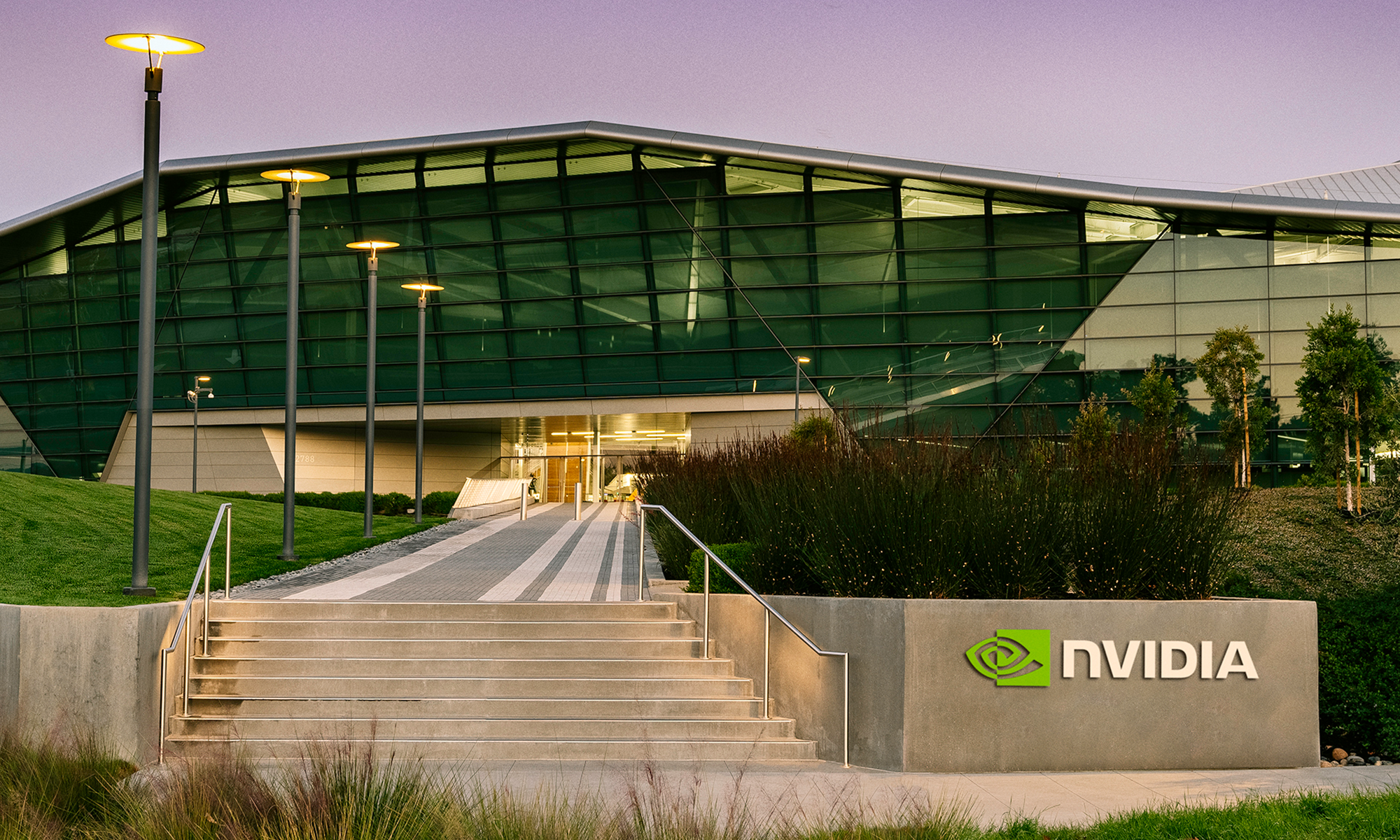Five years ago, only four companies had market caps of $1 trillion or more. Nvidia (NVDA +1.09%) wasn't one of them. In fact, it wasn't even close: The GPU maker's market cap was a little over $300 billion back then.
How times have changed. Today, Nvidia ranks as the world's largest company with a massive market cap of over $4 trillion after its stock skyrocketed more than 13 times over. I don't expect that we'll see that kind of return over the next five years. However, I predict that Nvidia will be worth $10 trillion by 2030. Here's why.

Image source: Nvidia.
1. Continued data center dominance
Perhaps most importantly, I think that Nvidia will continue to dominate the data center market. Yes, Nvidia faces multiple challengers. However, I don't look for any of them to dethrone the company this decade (and probably not in the next decade, either). Nvidia has two key factors working to its advantage.
First, the company's CUDA platform, which allows GPUs to be used in parallel processing for non-graphics applications, is so widely used that it gives Nvidia a formidable moat. The switching costs would be quite high for developers to convert their artificial intelligence (AI) models to chips made by other companies.
Second, Nvidia is investing heavily in staying No. 1 in the data center market. The company's Blackwell GPU architecture is its most powerful yet. Nvidia plans to roll out new chips each year. I don't think the competition will be able to keep up with the company's rapid pace of innovation.
2. Greater GPU demand as AI advances
I also predict greater demand for Nvidia's GPUs as AI advances. We're already in the early stages of several AI advances that could provide nice tailwinds for Nvidia.
For example, agentic AI remains in its infancy. But this technology, which uses AI to perform tasks with minimal oversight, holds tremendous potential in customer service, cybersecurity, financial planning, technical support, and other areas.
Personalized AI that adapts to users is another likely advance that could boost demand for Nvidia's GPUs. OpenAI CEO Sam Altman recently stated that enhancing memory to make ChatGPT more personalized is a key goal for GPT-6.
Most of the AI focus so far has been in data centers. However, Nvidia could also have a big opportunity in edge AI, where AI runs on local devices. The company already markets its Jetson Nano for edge AI.
I can't leave out the possibility of major breakthroughs in artificial general intelligence (AGI), either. Some experts believe that AGI might be available by 2030. If so, Nvidia will likely be a big winner from an AGI gold rush.

NASDAQ: NVDA
Key Data Points
3. Expanding market opportunities
Nvidia has expanded into new markets in recent years. Several of those efforts will pay off handsomely by the end of the decade, in my view.
I agree with Nvidia CEO Jensen Huang's statement at the company's annual shareholder meeting in June that robotics is Nvidia's largest opportunity after AI. Nvidia has understandably made robotics development a top priority.
I also suspect that Nvidia could enjoy tremendous growth in the autonomous vehicle market. The company's Drive platform is already used by a long list of partners, with major carmakers on the list including BYD (BYDD.F +4.25%) (BYDDY +4.17%), GM (GM +0.22%), Hyundai, Toyota (TM 0.05%), and Volvo (VLVL.Y +0.19%).
4. The numbers work
Finally, I predict that Nvidia will be worth $10 trillion by 2030 because the numbers work.
Wall Street estimates that the company will generate around $200 billion in revenue this year. If Nvidia maintains its current price-to-sales (P/S) ratio of 25.5, it would need revenue of roughly $392 billion to reach a market cap of $10 trillion. That would require a revenue compound annual growth rate of roughly 14.4%. Nvidia's revenue is currently growing nearly four times that rate.
To be sure, I expect Nvidia's revenue growth will slow somewhat. I also won't be surprised if the stock's P/S multiple dips. However, both could happen and still allow Nvidia's market cap to increase to $10 trillion within the next five years. With all the growth drivers discussed earlier, I don't think my prediction is going too far out on a limb.










